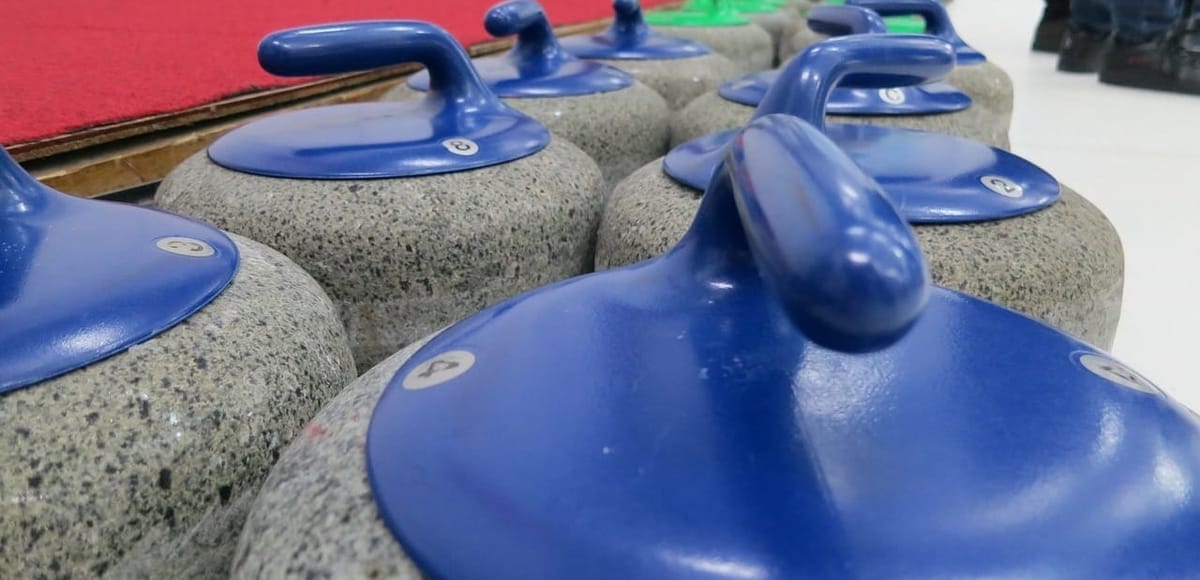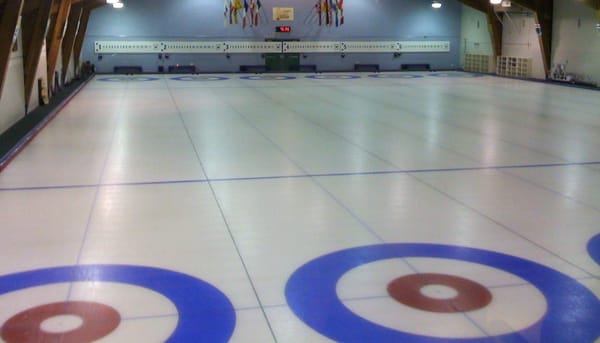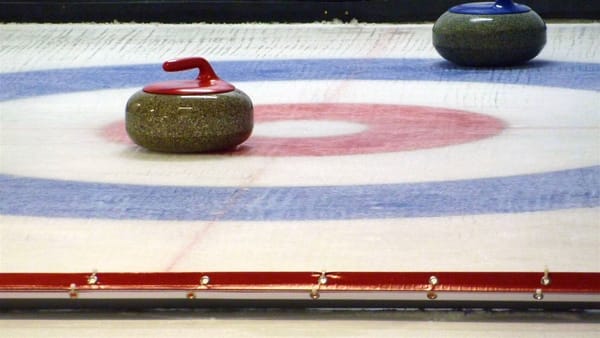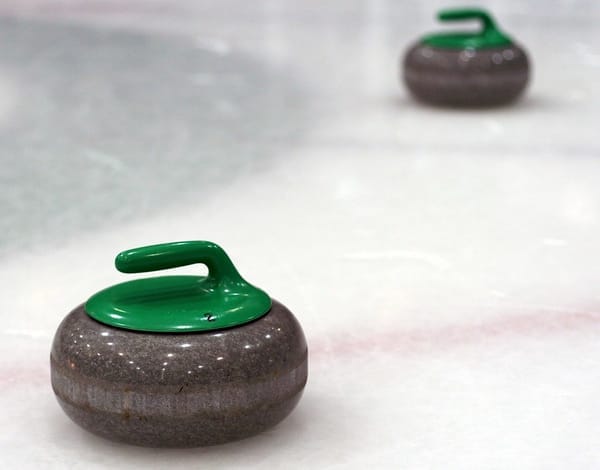The Impact of Sharpening on Curling Stone Performance

In the competitive world of curling, the performance of your stone can make all the difference. One key aspect that significantly influences how a curling stone behaves on the ice is the process of sharpening. Let’s dive into what sharpening is, how it affects curling stones, and the factors that determine when and how often it should be done.
What is Sharpening?
Sharpening, sometimes referred to as scratching, involves roughening the running surface of a curling stone. This small ring at the bottom of the stone is crucial because it’s the only part that makes contact with the ice. Over time, as a stone is used, this running surface becomes polished due to friction with the ice. When polished, a stone loses its ability to curl effectively and tends to run straighter.
How Does Sharpening Work?
Sharpening counteracts this polishing, restoring the stone's grip on the ice. A rougher running surface increases friction, leading to a more pronounced curl. This is particularly important in curling, as the ability to control the curl can be the difference between winning and losing.
The concept of differential frictional melting explains the physics behind this phenomenon. As the rotating stone moves across the pebble—the tiny frozen water droplets on the ice—it creates varying levels of heat. The side of the stone moving in the direction of rotation generates more friction and heat, causing a thin layer of ice to melt and create a slippery surface. Conversely, the side moving against the rotation experiences less friction and melting. This difference in heat causes the stone to pivot, resulting in the characteristic curl.
Sharpening amplifies this effect, allowing a stone to curl more aggressively, even at lower speeds. This is a crucial advantage in competitive settings, where precision is essential.
Distinguishing Between Sharpening and Reshaping
It’s important to note that sharpening should not be confused with reshaping. Reshaping involves using a lathe and cutting tools to restore the running edge of the stone, typically performed by manufacturers or specialized technicians. While reshaping is necessary when stones become overly worn or pitted, it doesn’t enhance the stone's aggressiveness in the same way that sharpening does.
Conclusion
Sharpening is a critical aspect of curling stone maintenance that directly influences a stone's performance. A well-textured stone allows for greater curl and precision, essential in competitive play.



